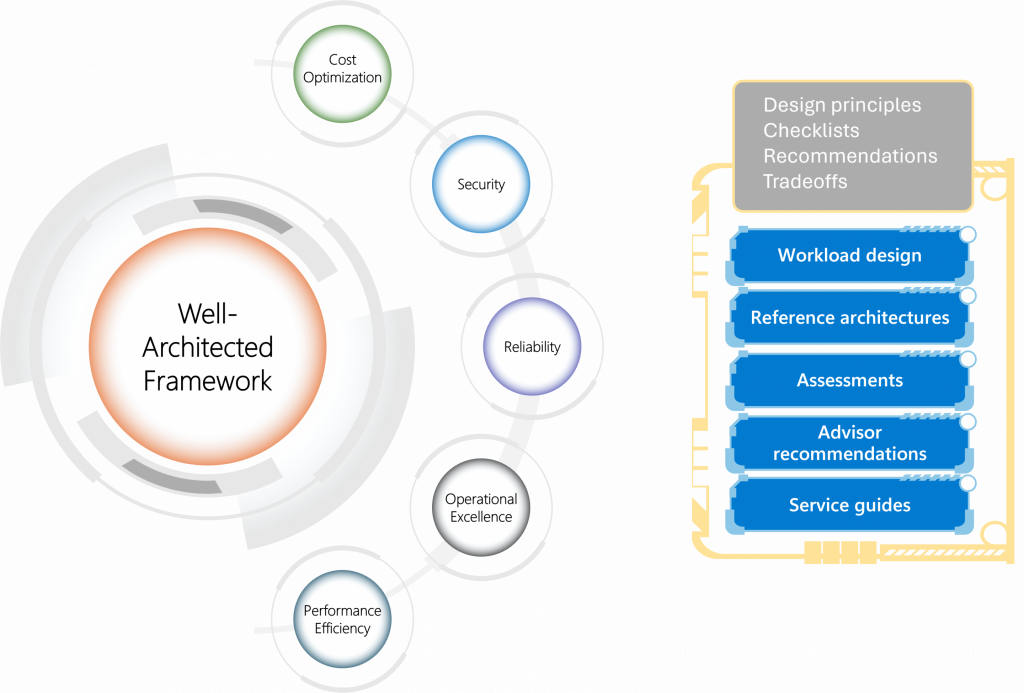Stay prepared for change: how we improve Azure environments with the Well-Architected Framework
What is the Well-Architected Framework?
The Microsoft Well-Architected Framework is a Microsoft tool that helps you assess cloud environments in a structured way and continuously improve them. It provides guidelines and best practices for optimally configuring your environment: secure, reliable, efficient, and manageable.
The WAF consists of five pillars:
-
Cost Optimization
-
Security
-
Performance Efficiency
-
Reliability
-
Operational Excellence
Verwater renews: from on-premise to Azure within four months.
When Verwater’s servers reached end-of-life, the company took a bold step: migrating its entire environment to Azure with Wortell’s guidance. Within four months, Verwater modernized its IT landscape, gaining flexibility, efficiency, and future-readiness while minimizing disruption for users. Discover how this lift & shift transformed their digital foundation.

What's happening in Azure?
Microsoft is implementing a number of important changes this year. These include the phasing out of the Basic Load Balancer, Basic SKU Public IP addresses, and the discontinuation of support for TLS 1.0 and 1.1. However, the most impactful change is the adjustment to Outbound Network Connectivity.
From September 30, 2025, newly deployed resources in Azure will no longer have standard access to the internet. This means that you will have to explicitly configure how you want to connect to the internet.Starting on September 30, 2025, newly deployed resources in Azure will no longer have default access to the internet. This means that you will have to explicitly configure how certain resources communicate with the outside world. If you do not do this, applications may unexpectedly stop functioning as you are used to after that date. Existing resources will therefore not be affected.
What are we doing for our Managed Azure customers?
We have already started an inventory per customer to see which parts of your environment may be affected. This allows us to identify potential risks at an early stage and take steps to prepare the environments accordingly. In addition, the Operational Activities will be expanded with new reports that clearly show the status of the Managed Azure service and the Azure environment.
Please feel free to contact me or your service manager if you would like to know more.